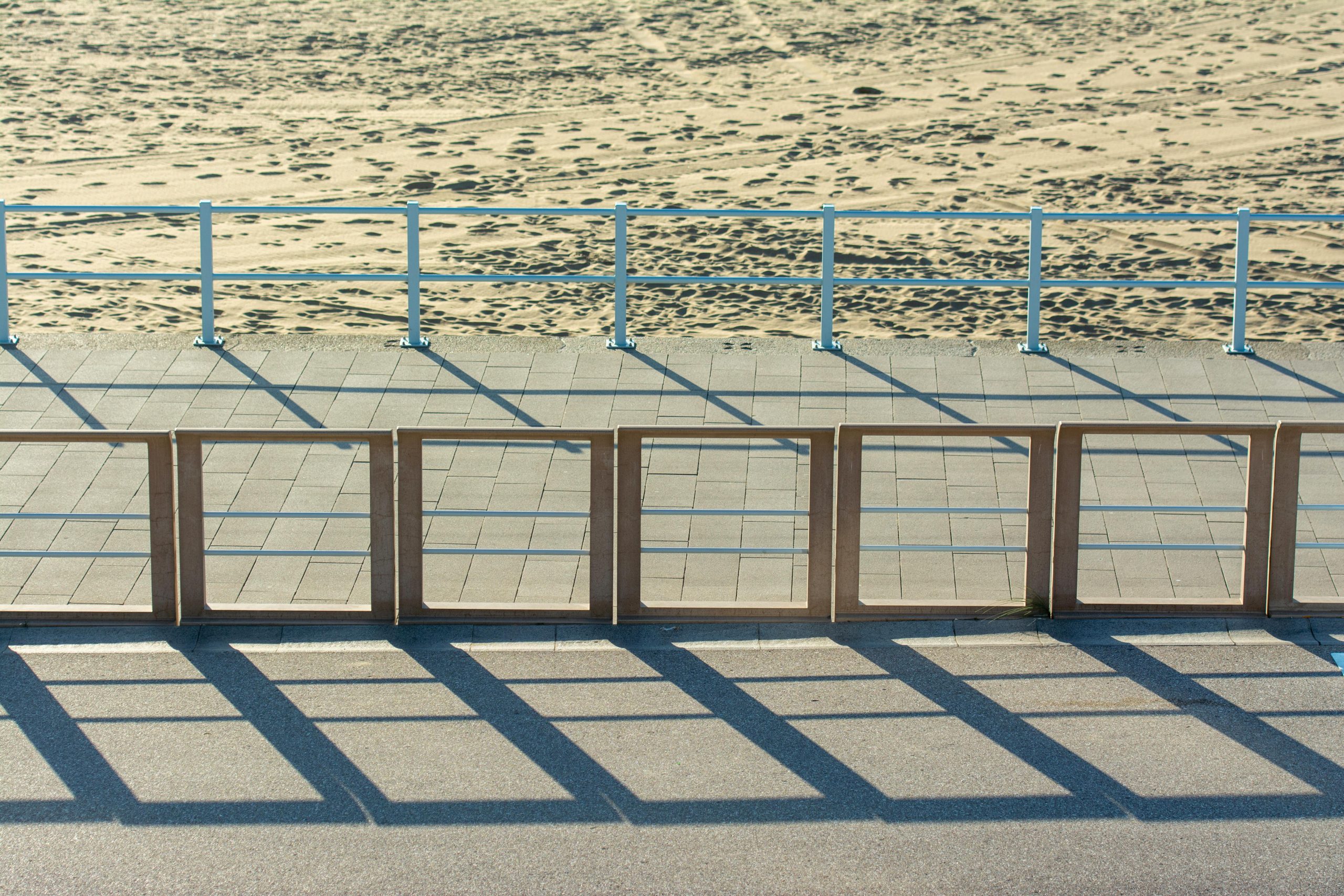Horizontal Cable Railings: 5 Pros and Cons Revealed
Horizontal cable railing systems have become increasingly popular in both residential and commercial properties. This is due to their sleek design and the unobstructed views they offer.
While they add a modern touch to any space, it’s important to weigh their advantages and disadvantages before going ahead with installation.
Here are some relevant pros and cons of horizontal cable railing systems to consider.
Pros
You Can Enjoy Unobstructed Views – One of the primary advantages of horizontal cable railing systems is the minimal visual obstruction they create. The thin cables provide a good level of safety without compromising the view.
This makes them an ideal choice for scenic locations like decks, balconies, and staircases in homes or businesses that can boast panoramic vistas.
Horizontal Cable Railings are More Aesthetically Pleasing – This type of railing system offers a sleek, modern look that can enhance the overall aesthetic of a property.
Their minimalist design complements various architectural styles, from contemporary to traditional, and can be customized with different materials and finishes to match any decor.
They are Durable and Easy to Maintain – Typically made from stainless steel, horizontal cable railings are resistant to rust, corrosion, and wear. This makes them a durable option that can withstand harsh weather conditions with minimal maintenance.
Unlike wood or iron railings, they do not require frequent painting or staining to maintain their appearance.
They Offer a Good Level of Versatility – Horizontal cable railings can be installed in a variety of settings, including indoor and outdoor spaces. They are suitable for staircases, decks, balconies, and even work as pool enclosures.
Due to their flexibility in design, this allows them to be adapted to different slopes and angles, making them a versatile choice for any project.
A Good Way to Increase Perception of Space – The slim profile of the cables and the open design of these railing systems can make small areas appear larger.
This is particularly beneficial in compact spaces, where bulkier railing options might crowd the area and make it feel more confined.
Cons
Although the positives tend to outweigh the negatives, it is worth looking at a few salient points that you need to think about.
Meeting Building Code Compliance – One of the biggest challenges with horizontal cable railing systems is ensuring they meet local building codes. Some areas have specific regulations regarding the spacing and tension of the cables to prevent them from being climbable. This could pose a safety risk, especially for children.
Cost – Horizontal cable railings can be more expensive than traditional railing systems. The initial investment includes not only the cost of materials but also the installation, which can be more complex and time-consuming due to the need for precise tensioning of the cables.
Periodic Maintenance Required to Maintain Tension – Over time, the tension in the cables can loosen, requiring periodic adjustment to ensure safety and maintain the integrity of the railing system.
This can be a potential drawback if you are looking for a completely maintenance-free option.
Safety Concerns for Children and Pets – The gaps between cables can pose a safety risk for families with small children or pets. The horizontal orientation can be tempting for climbing, increasing the risk of falls.
Think about the design and installation options based on your family profile to help negate these risks.
Privacy Can Be Limited – Unlike solid railing options, horizontal cable railings do not provide the same level of privacy. This can be a disadvantage in densely populated areas or for those who prefer secluded outdoor spaces.
Evaluating these pros and cons in the context of your specific needs and local regulations will help you make an informed decision that aligns with your design preferences and lifestyle requirements.
Talk to your supplier who will be happy to address any concerns and find a viable solution.

